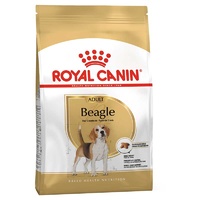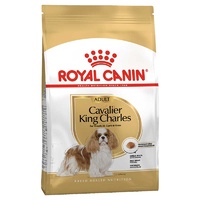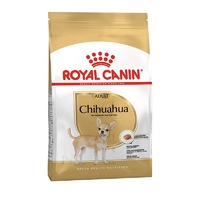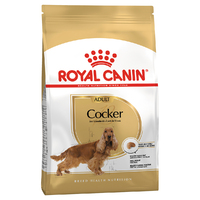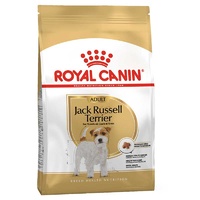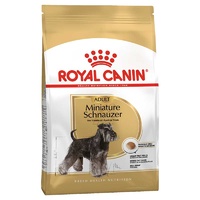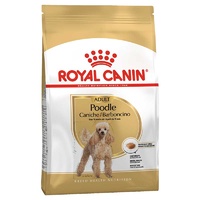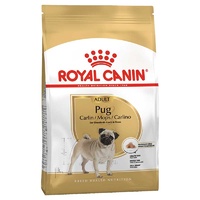Breed Specific Science Food

Due to the nutritional requirements of each breed some science based companies have specifically tailor-made nutrition for a wide range of specific breeds of dogs and cats.
One such brand is Royal Canin.
Precise Nutrition for Specific Breeds.
Their goal is to provide every cat and dog with the nutrition that is precisely right for their individual needs – needs that vary with the pet’s breed, environment, age, weight, gender, digestion, genetic makeup and lifestyle. Royal Canin have focused on:
- Body development and maintenance: Amino acids, minerals, vitamins and fatty acids meet the basic nutrition requirements for healthy physical development and maintenance.
- Energy provision: Protein, carbohydrates and fat provide energy to cats and dogs.
- Prevention: Some nutrients are incorporated (antioxidants, prebiotics, fibre, essential fatty acids, etc), to help assist such risks as kidney disease, digestive problems and the effects of ageing.
- Special care: Certain nutrients are added and others limited in diets to support the therapeutic or convalescence process, which may help cats and dogs recover from various ailments.
Kibble:
Working with world leading authorities, Royal Canin have aimed to combine the best protein sources and unique ingredients in biscuits specifically shaped, textured and sized to suit the shape of your pet’s jaw.
Size, shape, texture and density all come into consideration when developing kibble and Royal Canin adapts it to the specific characteristics of each dog or cat breed's needs. Labrador Retrievers, for example, are known for eating food very quickly, without chewing. Through extensive research, they have developed a doughnut-shaped kibble that is designed to encourage chewing and works to slow down the speed of ingestion.
The Persian cat, on the other hand, is known for its long, beautiful coat and flat (brachycephalic) face. Persians use the lower part of their tongue to pick up kibble, so Royal Canin created an almond-shaped kibble that is easier for them to eat.
A cat's or dog’s size and age is important when it comes to kibble size and texture. For example, the kibble for a giant breed adult dog is much larger and more brittle than the kibble for a miniature breed puppy, which needs smaller, softer pieces.
Sourced from Royal Canin Website 2018




